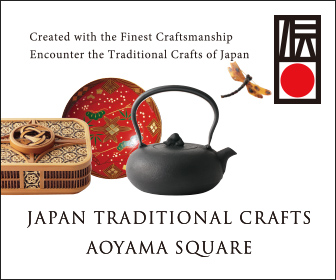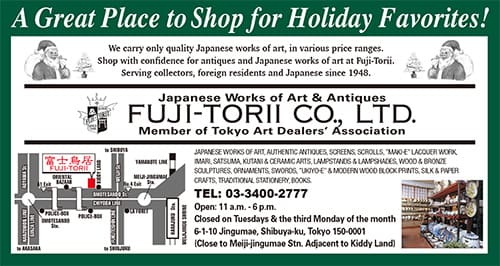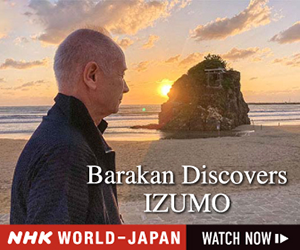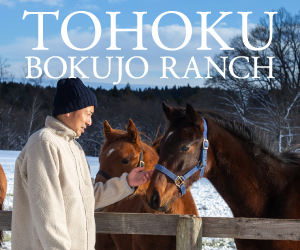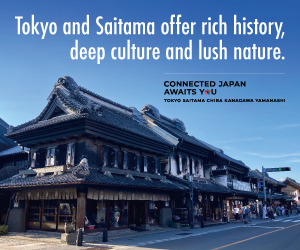EVENTS
DISCOVER SEASONAL CUSTOMS IN HOKKAIDO, AKITA, CHIBA AND MORE
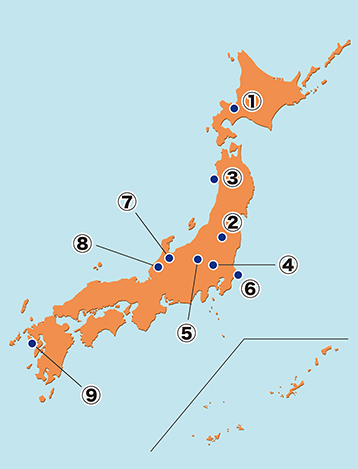
Winter is a time of the year when international travelers are likely to encounter unique events that capitalize on regional and seasonal elements. Some of them feature combinations of snow and lighting to offer a memorable evening option to go out; other occasions are based on tradition, enabling visitors to appreciate local cultures nurtured over the years.
Here, we introduce a small sample of events across the country, inviting visitors to bundle up and head out to make the most of the cold season.
① Hokkaido: Otaru Snow Light Path

Some 120,000 candles illuminate the snowy night landscape of Otaru during this event, which began in 1999. Despite the severe cold, the soft lights prepared by residents and volunteers elicit warm reactions from visitors. One of the venues that dots the port city is Otaru’s iconic canal, featuring candles in glass floating on the freezing surface.
Date: Feb. 9 to 16
Access: Buses available from Otaru Station to various venues
URL: http://yukiakarinomichi.org/?page_id=2180
② Fukushima: Ouchi-juku Snow Festival
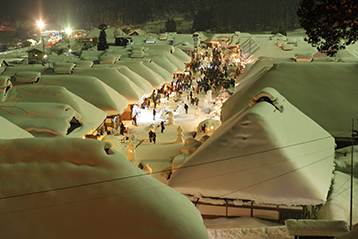
During this festival, a street of thatched-roof houses in the Ouchi-juku district in Shimogo is lit up by candles in recreations of stone lanterns made of snow. Nestled in the mountains of southwestern Fukushima Prefecture, the district was a post station in the Edo Period (1603 to 1868).
Date: Feb. 8 and 9
Access: About 10 minutes by taxi from Yunokami Onsen Station
URL: https://www.tif.ne.jp/lang/en/festivals/detail.php?id=29&category=1
③ Akita: Namahage Sedo Festival
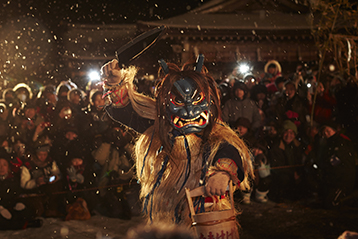
Held at Shinzan Shrine in Oga since 1964, this event is a fusion of the local Namahage (an ogre-like deity admonishing laziness and believed to bring good harvests, as well as ensure good health) and the shrine’s Saitosai Shinto ritual dating back over 900 years.
During this festival, people dressed as Namahage perform a dance and play taiko drums among other activities, culminating in a march of torch-bearing Namahage descending from a mountain to the shrine.
Date: Feb. 7 to 9
Access: Temporary bus services available from Roadside Rest Area Oga near Oga Station
URL: https://oganavi.com/sedo/en/
④ Tochigi: Armored Samurai March
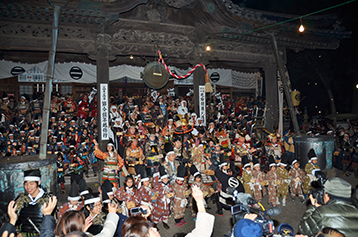
With ties to a historical event, this annual occasion, since 1915, has taken place on Setsubun (seasonal division), which traditionally celebrates the upcoming spring and end of winter. It features some 200 people dressed in samurai armor marching along the main street of Ashikaga for about an hour before reaching Bannaji temple. Visitors observing this procession can feel as if they had transported into the past. The armor-clad people then gather in front of the temple’s Hondo main hall — a designated National Treasure — to conduct the traditional mamemaki bean-throwing ceremony.
The temple was originally built in 1196 at a site belonging to the residence of the Ashikaga clan. Ashikaga Takauji later founded the Ashikaga shogunate, also known as the Muromachi shogunate, in Kyoto.
Date: Feb. 3
Access: About 10 minutes from JR Ashikaga Station to Bannaji temple
URL: https://www.ashikaga-kankou.jp/en/
⑤ Gunma: Kawarayu Onsen Yukake Festival
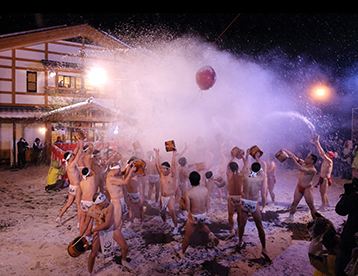
This long-established festival at Kawarayu Onsen hot spring in Naganohara is held from 5 a.m. on Jan. 20 — traditionally recognized as the coldest time of the year. It features young people in loincloths splashing onsen water in thanks to the deity of hot spring water.
Date: Jan. 20
Access: About 15 minutes from Kawarayu Onsen Station
URL: https://www.visitgunma.jp/en/saijiki/winter.php
⑥ Chiba: First sunrise of the year
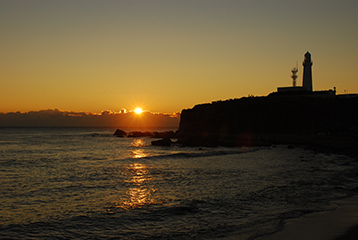
From Cape Inubo facing the Pacific Ocean in Choshi, visitors can be the first to enjoy the country’s initial sunrise of the year (exempting views from mountains and remote islands) — hatsuhinode in Japanese, which is regarded as auspicious. The sunrise is supposed to be around 6:46 a.m.
The white Inubosaki Lighthouse on the tip of the cape featuring a 99-step circular staircase was built in 1874.
Date: Jan. 1
Access: About seven minutes from Inubo Station on the Choshi Electric Railway line
URL: https://www.city.choshi.chiba.jp/english/hatsuhinode.html
⑦ Toyama: Japan Sea Takaoka Nabe Festival

This annual festival in the city of Takaoka attracts many visitors as many local nabe hot pot dishes are served, using fresh seafood from the Sea of Japan. Visitors can taste a number of dishes, including crab nabe, cod soup and fish stew. Food tickets sold on-site are ¥400 and advance tickets, which are good for two bowls of nabe, are ¥650.
Date: Jan. 11 and 12
Access: Venues are around Takaoka Station and the central commercial area
URL: https://foreign.info-toyama.com/en/event/?event_id=10&ret_list_p=1
⑧ Ishikawa: Kaga Firefighters New Year’s Event

Originating in the early Edo Period (1603 to 1868), dezomeshiki have been held across the country as new year’s events since then. Each typically features firefighters conducting a fire drill and acrobatic performances on ladders. In this event at Kanazawa Castle Park, firefighters showcase skills that have been handed down for generations.
Date: Jan. 5
Access: Route buses available from Kanazawa Station to nearby stops including Kenroku-en shita, Hirosaka and Dewa-machi
URL: https://visitkanazawa.jp/thingstodo/event
⑨ Nagasaki: Nagasaki Lantern Festival
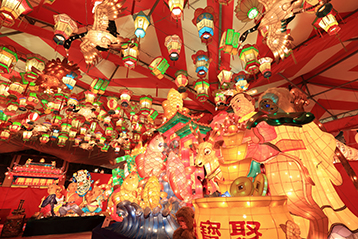
Over 15,000 colorful Chinese lanterns illuminate Shinchi Chinatown and other sites in the city of Nagasaki.
Date: Jan. 24 to Feb. 9
Access: Venues across the city of Nagasaki
URL: https://travel.at-nagasaki.jp/en/what-to-see/62/



